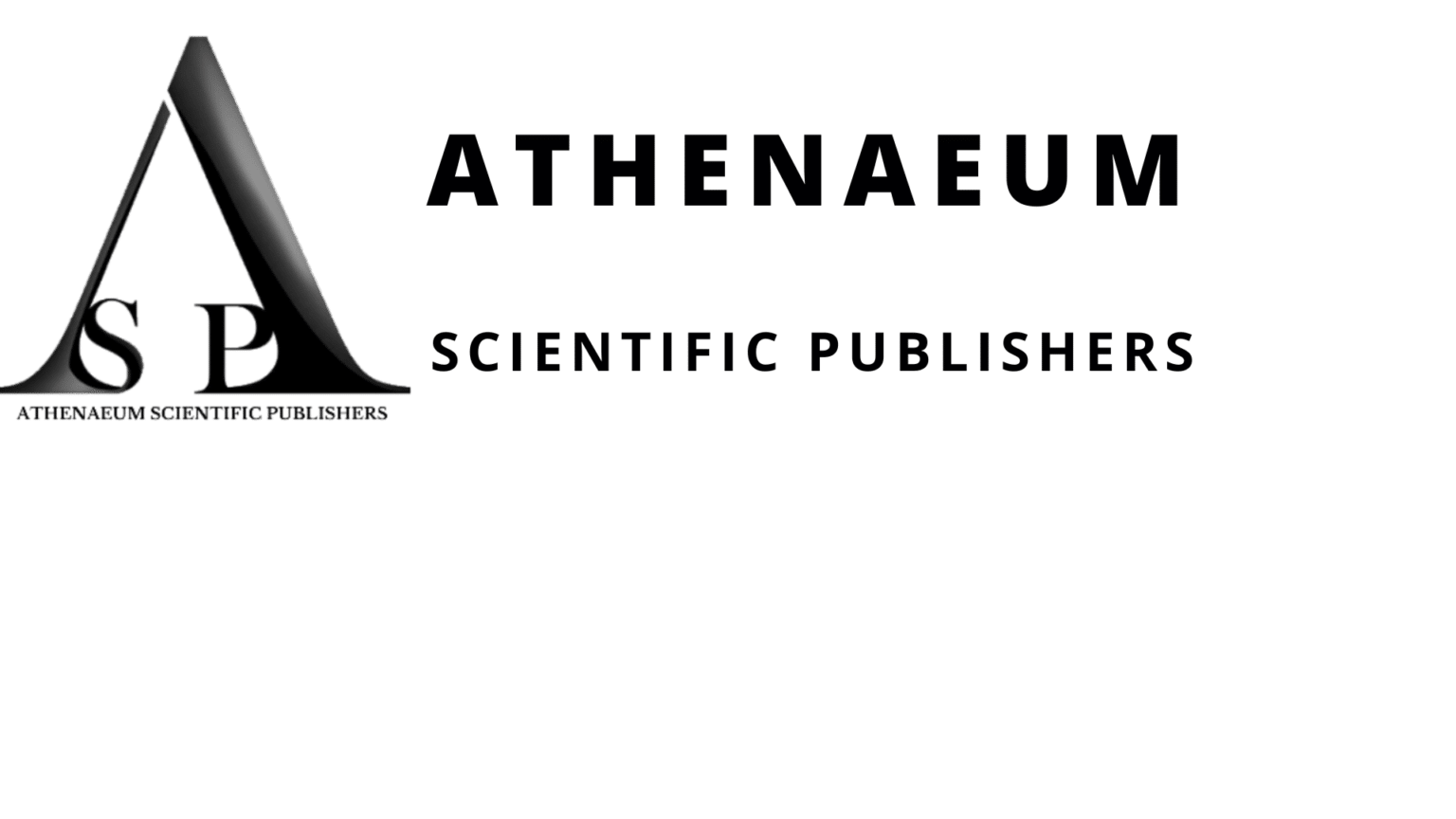Paulo Afonso Mei1*
1Professor, São Leopoldo Mandic Medical College, Campinas, Brazil
*Correspondence author: Paulo Afonso Mei, Professor, São Leopoldo Mandic Medical College, Campinas, Brazil; Email: [email protected]
Published Date: 25-05-2023
Copyright© 2023 by Paulo Afonso Mei. All rights reserved. This is an open access article distributed under the terms of the Creative Commons Attribution License, which permits unrestricted use, distribution, and reproduction in any medium, provided the original author and source are credited.
Editorial
Cannabis species’ historical use for relieving medical symptoms, through various preparations like smoking, edibles, ointments, balms and others, dates back over 3,000 years ago, initially in the Far East (especially India and China). Subsequent trading routes brought the herb to the Western World, where its consumption reached significant levels, leading to prohibitions in certain situations, such as in 1764 when Emperor Napoleon of France, having encountered the plant during his Egyptian campaign, observed a decrease in combative behaviour among soldiers, prompting restrictions.
While some robust evidence existed about the efficacy of cannabis extracts for certain conditions, such as epilepsy and anxiety, it wasn’t until the 1960s that we became fully aware, thanks to the studies conducted by Israeli chemist Raphael Mechoulam, of the main chemical compounds of the plant: Cannabidiol (CBD) and delta-9-Tetrahydrocannabinol (THC). Decades later, we discovered that the human body expressed receptors for endocannabinoids, mainly CB1 and CB2. Despite this potential, misconceptions and distorted moral judgments from both academics and laypeople delayed research in the field for nearly half a century. It’s only in this century that evidence is rapidly accumulating, as demonstrated by the exponential growth of publications on cannabis in the PubMed database – 207 listed publications in 2000, 731 in 2010 and 3,142 in 2020.
There are today more than 100 different cannabinoid molecules identified, along with over 300 other compounds – mainly classified as terpenes and flavonoids. These compounds didn’t go unnoticed only by scientists, but also by the pharmaceutical industry. Due to looser regulation, cannabis derivatives, in many countries, are not classified as drugs but rather as supplements. This, among other reasons, has led to numerous products being sold as efficacious for various conditions, often with an absolute lack of convincing evidence. For example, many products containing Cannabigerol (CBG) are marketed as pain modulators and Cannabinol (CBN), a by-product of THC degradation, is labelled as a sleep aid. However, there are no statements from societies related to pain management or sleep endorsing either of these components. These societies are currently awaiting more consistent and conclusive data from ongoing studies that show promise in order to make informed recommendations.
Undeniably, cannabinoids have an important and revolutionary role in medicine. The efficacy of CBD and THC, administered individually or in combination, depending on the situation, has been well-established for conditions like epilepsy, pain, spasticity and anxiety. Many patients using cannabis derivatives express an overall improvement in their quality of life and potential benefits, including possible antineoplastic action, are currently being studied through rigorous scientific investigation.
However, indiscriminate use of cannabinoids can lead to adverse outcomes, ranging from mild side effects, often overlooked by patients and prescribers, to the risk of endorsing its use for unproven conditions, neglecting other effective, disease-modifying treatment options due to false beliefs in its miraculous properties, which may be perpetuated by unscrupulous segments of the market. Derived from the Greek words “pan” (all) and “ákos” (medication), “Panacea” serves as a historical reminder that when a drug is advocated as a treatment for everything, it often serves no purpose at all. While there are promising aspects of cannabis-based products for medical relief, there is also an urgently need for better reasoning and judgment concerning cannabis-based products to ensure they are used responsibly and effectively, avoiding unwarranted claims and potential harm.
Keywords: Dopamine; Epilepsy; Cannabis; Herb; Cannabigerol
Conflict of Interest
The author has no conflict of interest to declare.
Article Type
Editorial
Publication History
Received Date: 31-07-2023
Accepted Date: 18-08-2023
Published Date: 25-08-2023
Copyright© 2023 by Paulo Afonso Mei. All rights reserved. This is an open access article distributed under the terms of the Creative Commons Attribution License, which permits unrestricted use, distribution, and reproduction in any medium, provided the original author and source are credited.
Citation: Paulo Afonso Mei. Cannabis-Based Products and Medical Propaganda: It Cuts Both Ways. J Neuro Onco Res. 2023;3(2):1-2.


